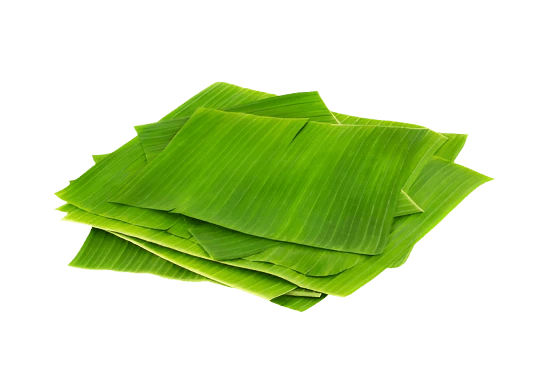
History Of Thai Fish Cakes (Tod Mun Pla)
Share

The origins of Thai fish cakes can be traced back to the abundant waterways of Thailand, particularly the Chao Phraya River and the Gulf of Thailand. These waters provided communities with a plentiful supply of fish, especially snake-head fish (Pla Chon), which became the traditional choice for fish cakes.
In ancient Thai society, fish cakes emerged as a clever way to preserve fish and extend its usefulness. The process of mincing the fish and mixing it with herbs and spices not only created a delicious dish but also helped preserve the meat in the tropical climate before modern refrigeration. The addition of curry paste and herbs wasn't just for flavour – many of these ingredients, like galangal, kaffir lime leaves, and chilies, have natural antimicrobial properties.
The technique of making fish cakes shows clear influences from both Chinese and Malay cuisines, reflecting Thailand's position as a cultural crossroads. The Chinese brought their expertise in fish paste products (similar to surimi), while Malay influences can be seen in the use of curry spices and coconut. The distinctive bouncy texture of Thai fish cakes comes from the traditional method of repeatedly pounding and throwing the fish paste against a wooden board, a technique that creates the characteristic springy texture called "hon" in Thai.
During the Ayutthaya period (14th-18th centuries), as trade flourished, Thai fish cakes became not just a household staple but also a popular street food. The addition of red curry paste, which gives the modern fish cake its distinctive colour and flavour, likely became standardised during this era as trade brought more spices to the region.
The evolution of Thai fish cakes also reflects changing social patterns. Originally made at home as a way to use up fish scraps, they gradually became a commercial product as urbanisation increased. The introduction of food processors in the 20th century transformed production, making it easier to achieve the desired texture without the traditional laborious pounding.
Today, Thai fish cakes remain a beloved dish both domestically and internationally. They've adapted to modern tastes while maintaining their essential character – the balance of fish, spices, and aromatics, coupled with the distinctive texture that makes them uniquely Thai. They're now found everywhere from street vendors to high-end restaurants, served with a sweet chilli sauce that was developed in the mid-20th century specifically to complement fried foods like fish cakes.
This history showcases how Thai fish cakes are more than just a dish – they're a testament to Thai culinary ingenuity, representing the intersection of necessity, tradition, and artistic food preparation that characterises much of Thai cuisine.
Would you like to know more about any particular aspect of Thai fish cakes, such as the traditional preparation methods or regional variations?
Click Here for Our Authentic Recipe for Thai Fishcakes (Tod Mun Pla)

